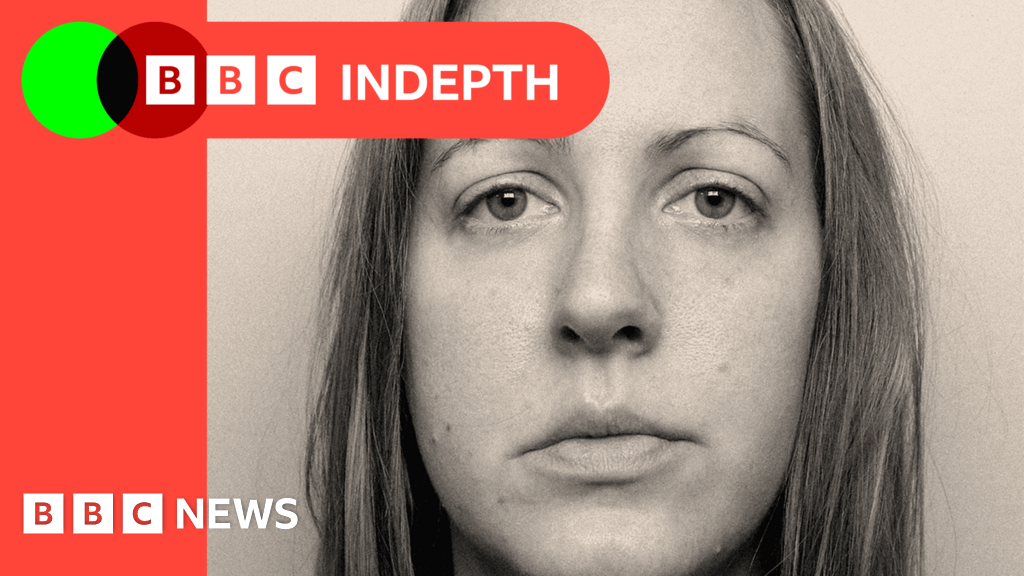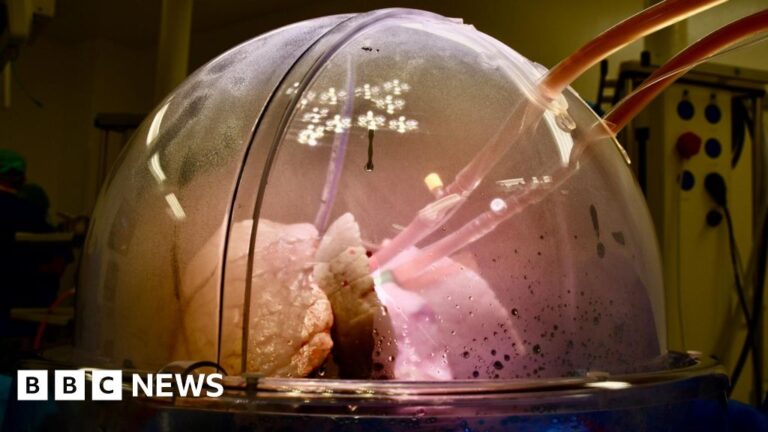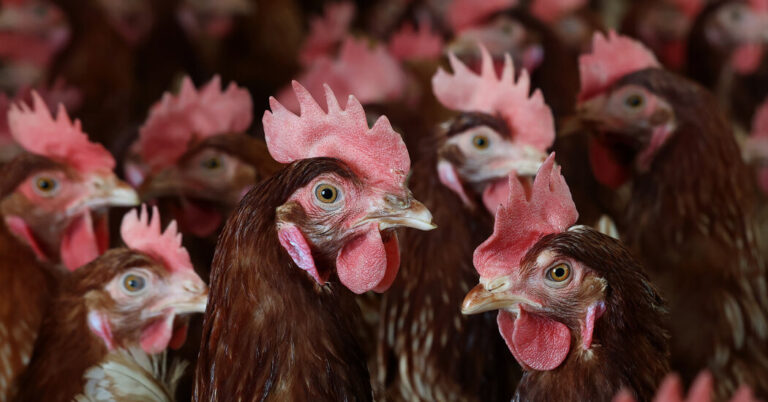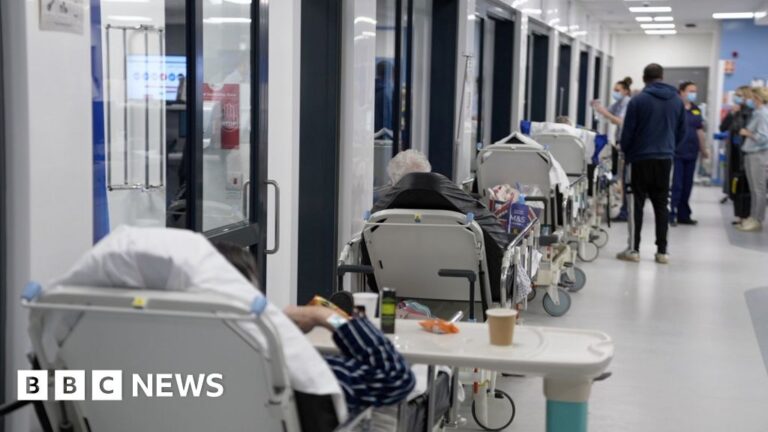When it comes to the Lucy Letby case, there are two parallel universes. In one, the question of her guilt is settled. She is a monster who murdered seven babies and attempted to murder seven more while she was a nurse at the Countess of Chester Hospital between 2015 and 2016.
In the other universe, Letby is the victim of a flawed criminal justice system in which unreliable medical evidence was used to condemn and imprison an innocent woman. This is what Letby’s barrister Mark McDonald argues. He says he has the backing of a panel of the best experts in the world who say there is no evidence any babies were deliberately harmed.
The families of the infants say there is no doubt. Letby was convicted after a 10-month trial by a jury that had considered a vast range of evidence. They say Letby’s defenders are picking on small bits of evidence out of context and that the constant questioning of her guilt is deeply distressing.
Letby was found guilty of 15 counts of murder and attempted murder, and the jury in her original trial reached unanimous verdicts on three of those cases. That is a good indication of where the strongest medical evidence might lie.
One of those cases is that of Baby O, who was born in June 2016, one of triplet brothers. At Letby’s trial, the jury was told that his death was in part the result of liver injuries, which the prosecution pathologist described as impact-type injuries – similar to those in a car accident.
However, a paediatric pathologist who was not involved in the case but has seen Baby O’s post-mortem report, says it was “unlikely” Baby O’s liver injuries were caused by impact – as the prosecution claims.
Letby was accused of injecting air into the blood of Baby O as well as that of other babies. This, the prosecution said, caused an air bubble and a blockage in the circulation known as air embolism.
But Dr Shoo Lee, a Canadian neonatologist and one of the authors of a 1989 study on air embolism in newborn babies, is now part of Letby’s team of defence experts working with Mark McDonald. He argues that his study was misused.
Professor Neena Modi, a professor of neonatal medicine, believes there is some post-mortem evidence of air embolism in the babies, but this is likely to have occurred during resuscitation.
There has been another explanation for Baby O’s death – that a doctor had accidentally pierced the baby’s liver with a needle during resuscitation. This claim was made by Dr Richard Taylor, one of Letby’s defence experts.
However, the doctor accused of causing the baby’s death, Stephen Brearey, says he will not be making any further comment at this time.
The needle theory was examined at length during Letby’s trial, but the evidence does not support it. The prosecution pathologist concluded that there was no evidence that a needle had pierced Baby O’s liver while he was alive, and the paediatric pathologist agrees.
Another theory for Baby O’s death is that his liver injuries were the result of traumatic delivery at the time of birth. However, Dr Mike Hall, Letby’s original defence expert, says there is no record of a traumatic delivery in Baby O’s medical notes.
For the jury, Baby O was one of the clearest cases that proved Letby was a killer. And yet there appears to be flawed expert evidence on both sides.
The prosecution argued that two other babies, Babies F and L, had been poisoned with insulin and highlighted blood tests that it said were clear evidence of this. However, Letby’s defence have marshalled numerous arguments against the insulin theory.
Ultimately, the question of whether Letby’s case should be re-examined by the Court of Appeal now lies with the Criminal Cases Review Commission (CCRC). They have the task of studying Mark McDonald’s expert reports.
If he is successful and Lucy Letby’s case is referred back to the Court of Appeal – that is ultimately where the expert evidence on both sides will face a true reckoning.
Source link




